Building a Dual Tank System without going broke.
Home
I love SCUBA diving, so I want to stay down as long as the air supply will allow. I have looked into a number of systems to decrease my air consumption and increase my bottom time. At the end, I need more air, so dual tanks was right for me. Below I have listed the Pro's and Con's the systems I looked at before building the Dual Tank system.

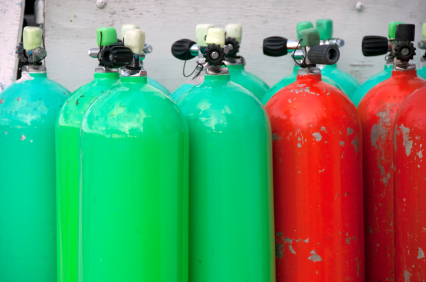

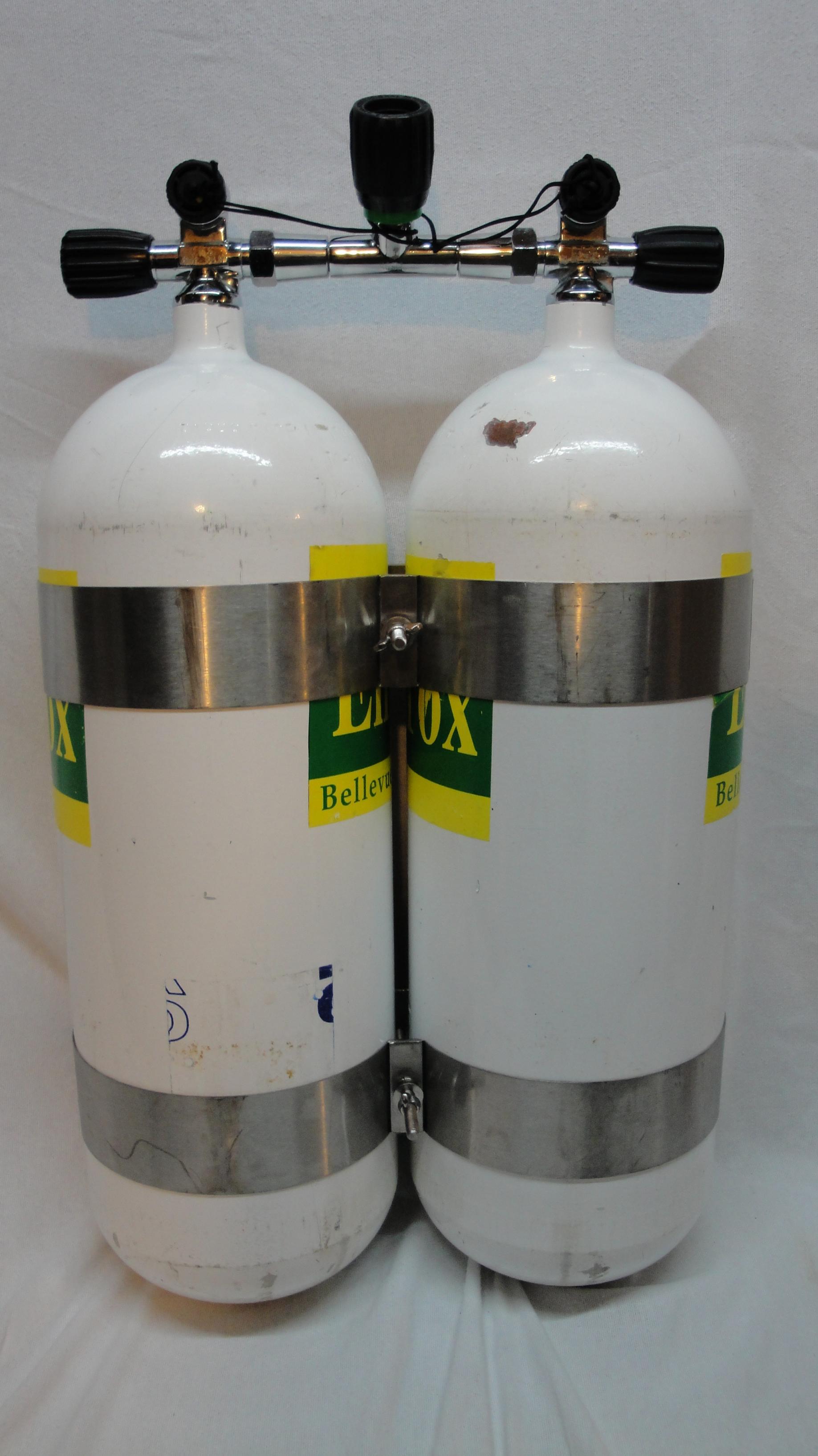
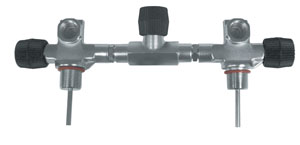


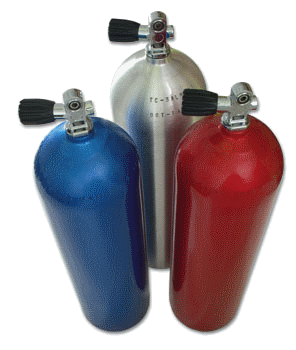
Why I chose to go without a Tank Header
Setting up Dual 80 or 100 CF Tanks without Header

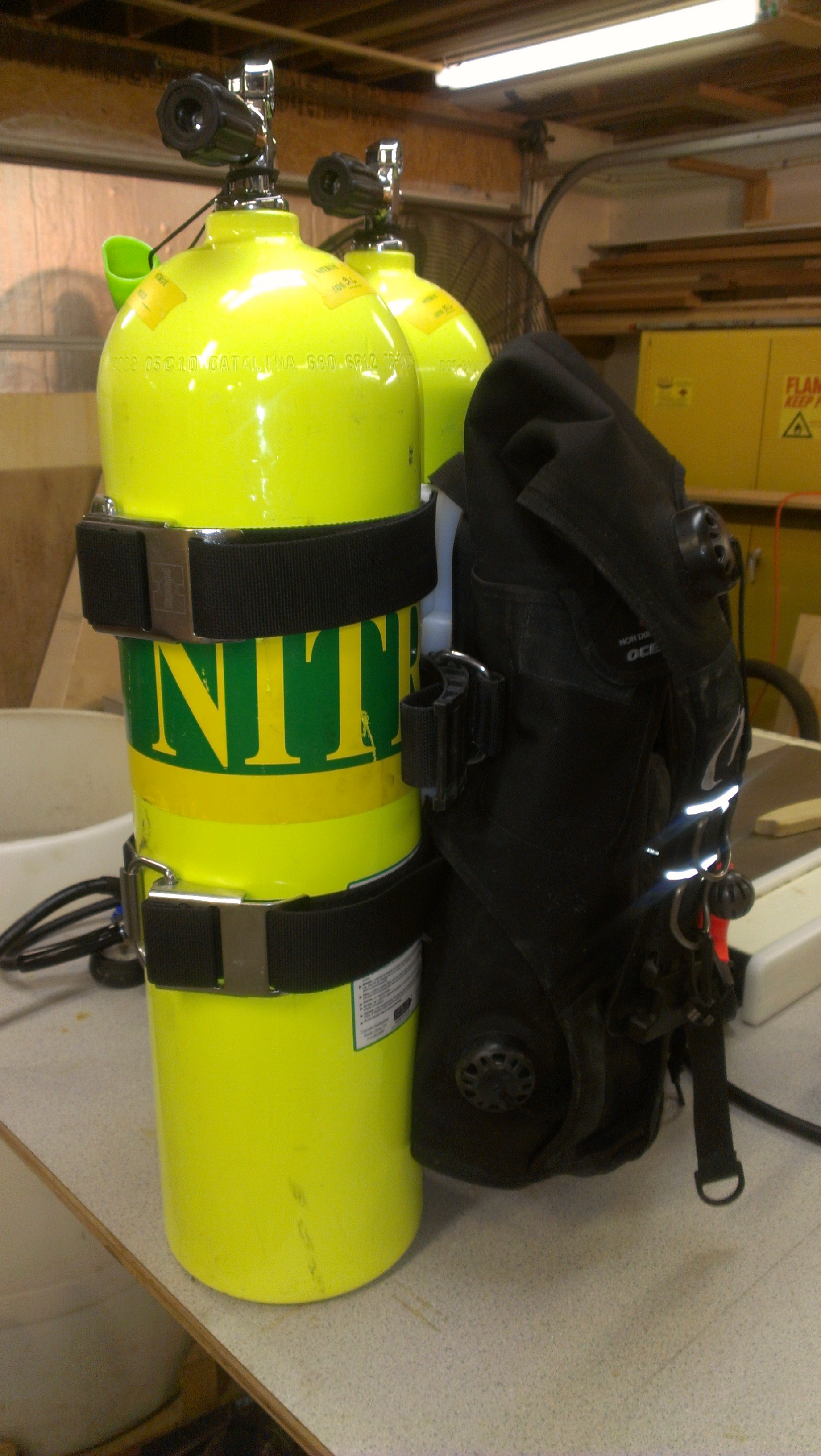

Parts List:
- 1 pcs. ¼ inch NPT brass ball value $15 each
- 2 pcs. ¼ inch NPT brass 90 street elbow $3 each
- 1 pcs. ¼ inch NPT brass couplings $3 each
- 1 pcs. ¼ inch NPT brass short pipe nipples $3 each
- 1 pcs. ¼ inch NPT brass 4 inch long pipe nipples $3 each
- 2 pcs. ¼ inch NPT Male to Standard BCD Connector (AA04) $5 each
- 3 pcs. Standard BCD inflator hose $35 each
- 1 pcs. Nylon pipe sealing tape $1
- 2 pcs. Standard SCUBA regulators first and second stage (Aeris A2 Regulator) $150 each
- 2 pcs. Scubapro X Tec Single Tank Adapter $133 each set
- 2 Poly Cutting boards $15
- 2 pcs. 8 inch long Velcro tie strap $2
- 2 pcs. 3/8 inch SS bolts washers and packed nuts (so nuts will not back off underwater) $10
Total Bill = $650+/-
Building the Back Plate
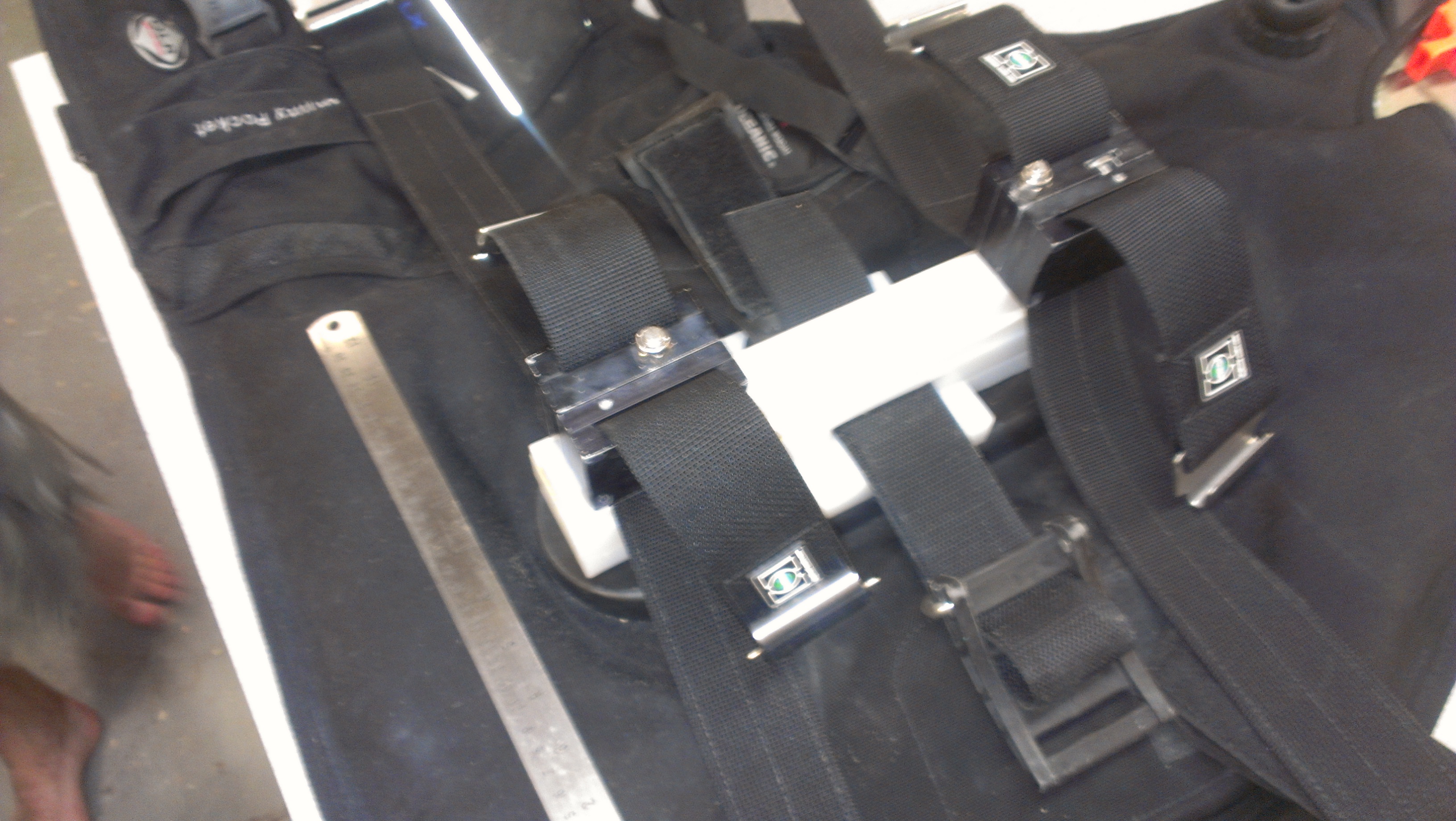


Building the Transfer Value
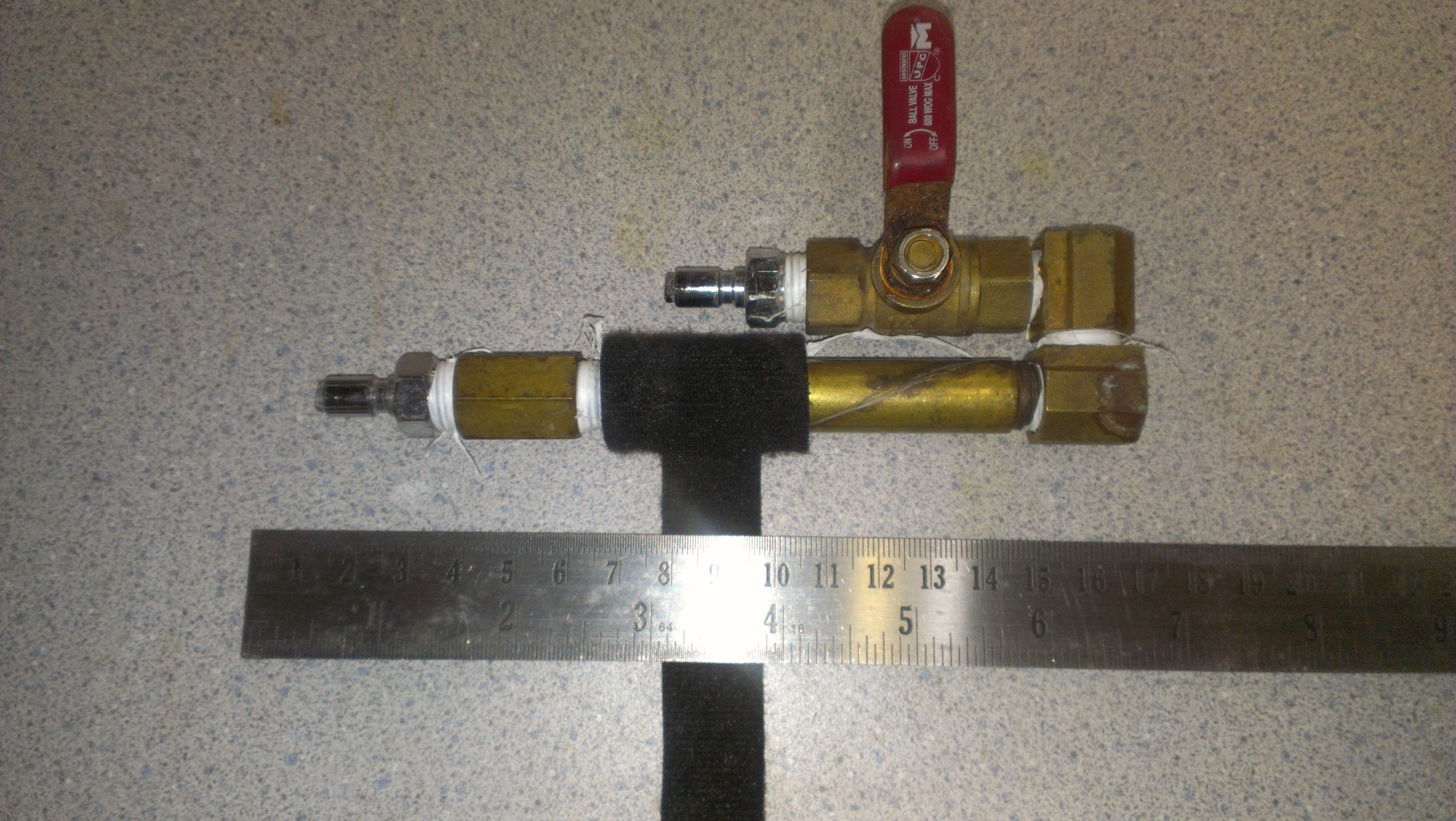
This again is straight forward Plumbing 101. Here is what I built for my Oceanic Probe HLC BCD. You will have to build for your BCD design and hose lengths.
Setting up the Regulators


The first stage regulator drops the tank pressure (3500+/- PSI) to 100 to 150 PSI. This depends what brand of regulator you buy. Each brand has its own designed working pressure. For this reason, I buy two of the same make and model regulator units. I will start by calling the Regulator assembles Octopus units.
An Octopus is made up by a first stage regulator, second stage regulator, high pressure hose with gage and a BCD inflator hose. You will need to add a second BCD inflator hose to one of the octopus units.

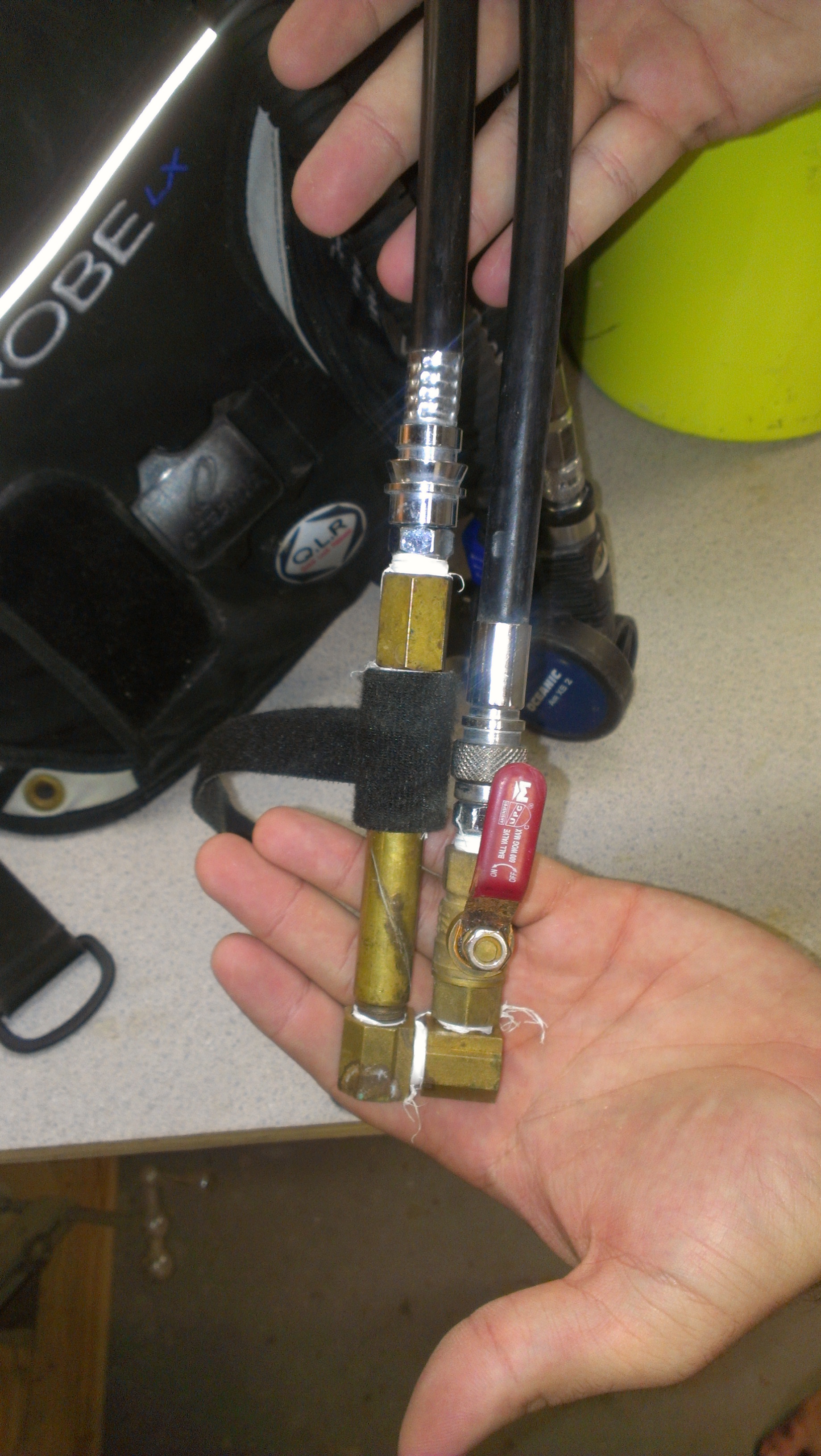

This Air balance System connects the tank systems together at the low pressure side.
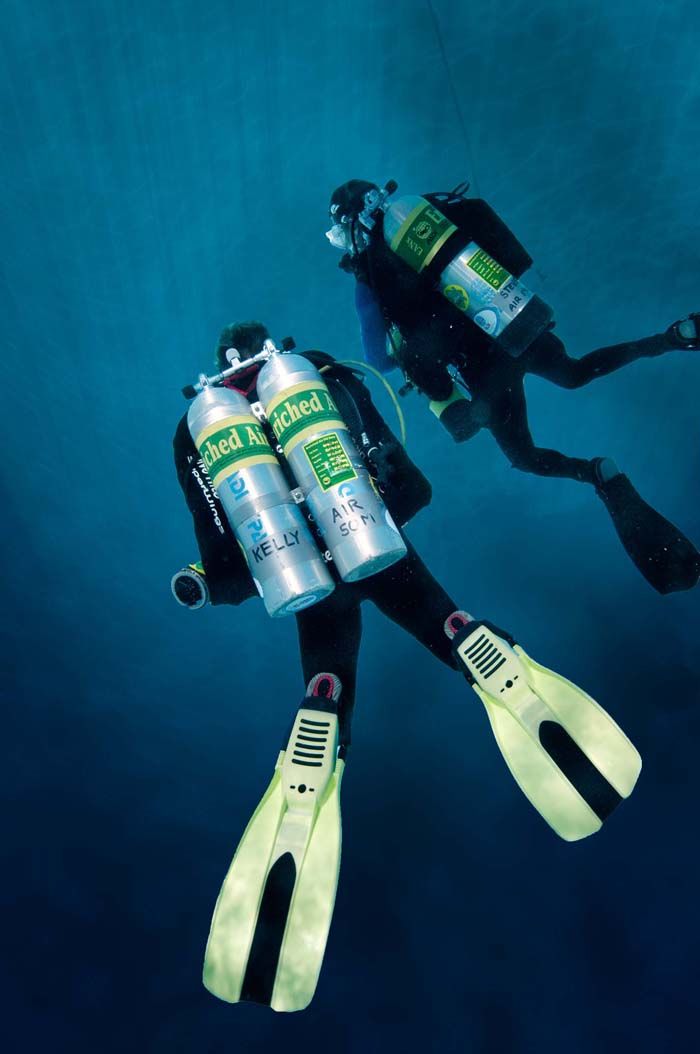
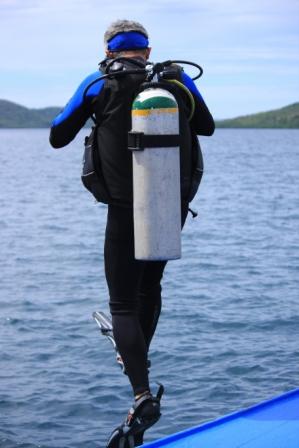
Start with the Octopus unit with the second BCD inflator hose. This Octopus unit is please on the tank that is on the same side of the BCD inflator value. One of the BCD inflator hose is attached to the inflator value. The other BCD hose is connected to the short side of the Transfer Value. The high press hose and gage is routed to the right hand side of the diver. The second stage regulator is also routed to the right hand side of the diver.
The second Octopus is placed on the adjacent tank and the BCD hose is routed to the Transfer Value and connected. The Transfer Value with both hoses should be Velcoed to the BDC sholder strap so that the diver can see and operate the ball value. The high pressure hose of the second Octopus is routed to the right hand side of the diver and Velcoed together with the high presser hose from the other Octopus so that the diver can find and read both pressure gages at the same time. The second stage regulator is also routed to the right hand side and secured to be used as a backup regulator if needed.
To start you will feel the weight of having two tanks on your back, 40 or 50 lbs. Do not be a fool ask for help to stand. In a boat move slowly, hold on to handrails and ask others to walk you to the back of the boat. Before you get in the water, do an equipment check. All values on? Check! Air in the BCD? Check! Watch your tank pressure and enjoy the dive!